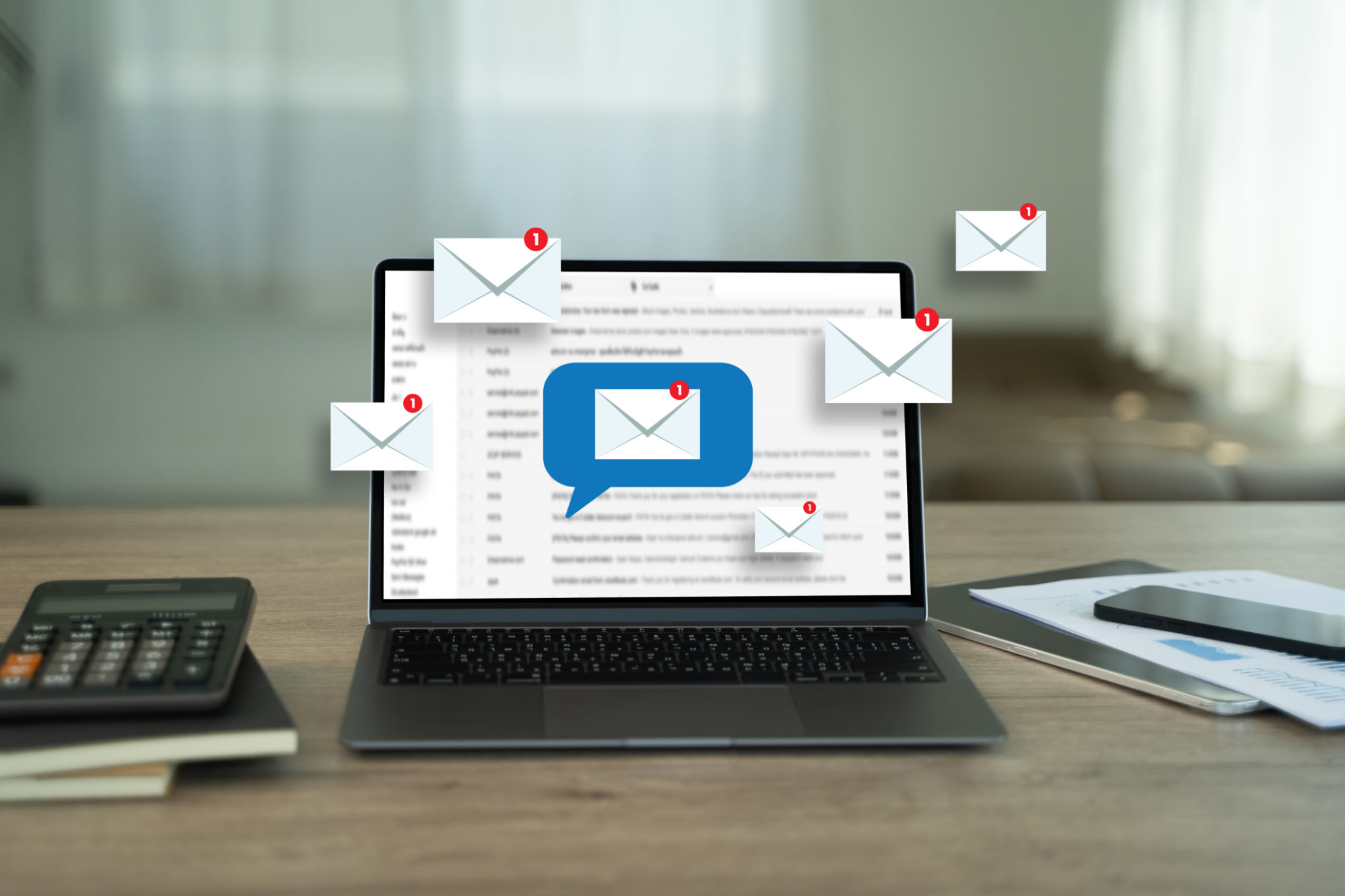Mastering Cold Email Writing: Best Practices for Freelancers and Small Businesses
Understanding the Importance of Cold Emails
For freelancers and small businesses, cold emails can be a powerful tool to reach new clients and expand your network. Unlike other forms of communication, cold emails allow you to directly connect with potential clients and introduce your services without the constraints of geographical boundaries. However, crafting an effective cold email requires a strategic approach to ensure your message stands out in a crowded inbox.
Understanding the purpose and potential of cold emails is crucial to leveraging them effectively. They serve as the first impression of your business, so it’s essential to get them right. A well-crafted cold email can open doors to new opportunities and lead to long-term business relationships.

Crafting the Perfect Subject Line
The subject line is arguably the most critical component of your cold email. It determines whether the recipient will open your email or send it straight to the trash. To maximize open rates, your subject line should be concise, attention-grabbing, and personalized. Include the recipient’s name or reference a mutual connection if possible, to create an immediate sense of relevance.
Avoid using overly salesy language or making exaggerated claims, as these can trigger spam filters or deter potential clients. Instead, aim for a balance between curiosity and clarity to entice the recipient to learn more.
Personalization: The Key to Engagement
Personalization is no longer optional; it’s a necessity in cold email writing. Generic messages are easily ignored, while personalized emails demonstrate that you’ve taken the time to research the recipient and understand their needs. This approach not only increases the likelihood of a response but also sets a positive tone for future interactions.

To personalize your emails effectively, incorporate specific details about the recipient’s business or industry. Mention recent achievements or challenges they may be facing, and explain how your services can provide value. This demonstrates genuine interest and positions you as a proactive solution provider.
The Art of Writing a Compelling Body
The body of your email should be clear, concise, and focused on the recipient’s needs. Start with a brief introduction that establishes credibility, followed by a compelling value proposition. Clearly explain what you offer and how it can benefit the recipient’s business.
Use bullet points or numbered lists to highlight key points and make your email easy to read. Ensure that your message is free from jargon and overly technical language, as these can alienate readers who are not familiar with industry specifics.

Including a Call to Action
No cold email is complete without a strong call to action (CTA). Your CTA should guide the recipient towards taking the next step, whether it’s scheduling a call, visiting your website, or replying to your email for more information. Make sure your CTA is clear and easy to follow, avoiding any ambiguity regarding what you want the recipient to do.
Be sure to keep your tone polite and professional, encouraging dialogue rather than demanding action. Offering an incentive or expressing willingness to accommodate the recipient’s schedule can also increase the likelihood of a positive response.
Following Up and Measuring Success
Following up on your cold emails is as important as sending them. Not every email will receive an immediate response, so sending a polite follow-up after a reasonable period can remind recipients of your offer. Customize your follow-up emails as you did with your initial contact to maintain a personal touch.
Finally, track the success of your cold email campaigns by monitoring open rates, response rates, and conversion rates. Use this data to refine your approach and improve future email campaigns. Consistently measuring success helps identify what works and what doesn’t, allowing you to optimize your strategy over time.